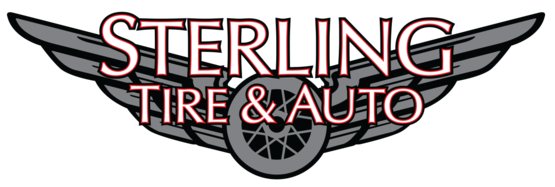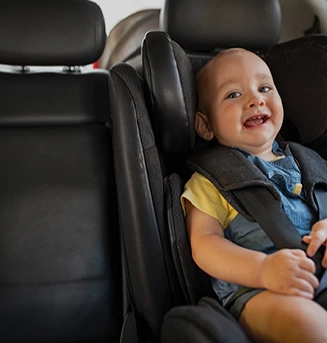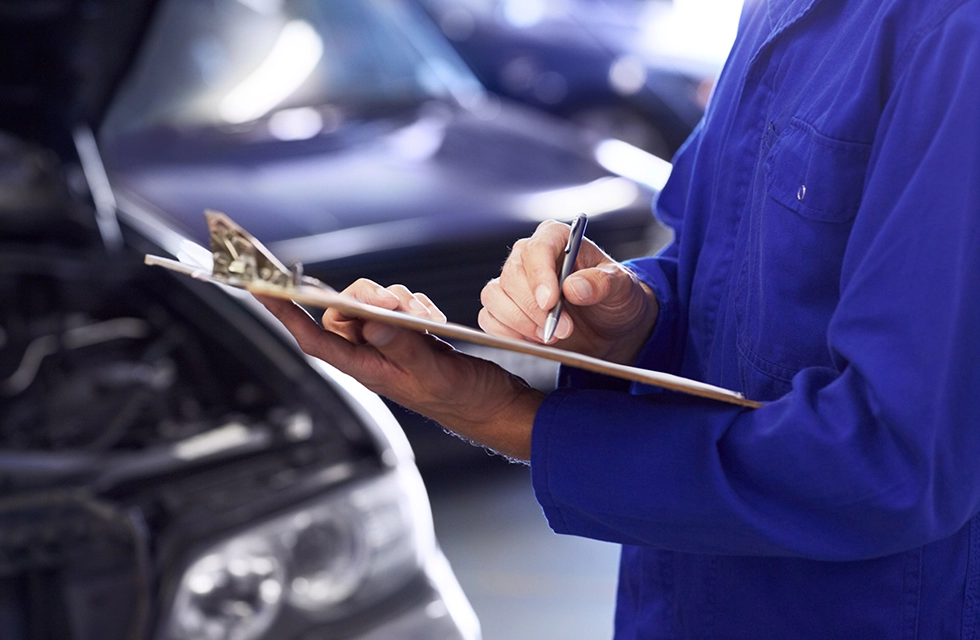Sterling Tire & Auto Tire Safety: Washington vs. Lincoln
January 14, 2016
Welcome to the Sterling Tire & Auto automotive blog. Today, let’s talk about the effect of tire tread depth on braking. When talking about stopping power, most Sterling Heights and Warren auto owners tend to focus on our brakes. But our tires are where the rubber meets the road. So having good brakes isn’t enough. Safe Warren drivers need to have tires with enough traction to translate braking power into stopping power.
 Let’s focus on stopping in wet Warren conditions. In order for a tire to have good contact with the road, it has to move the water out of the way. If it can’t move the water, the tire will actually ride on top of a thin film of water.
Let’s focus on stopping in wet Warren conditions. In order for a tire to have good contact with the road, it has to move the water out of the way. If it can’t move the water, the tire will actually ride on top of a thin film of water.
That’s called hydroplaning. If it’s really bad, Warren car owners can actually spin out of control - endangering themselves and the other drivers around them. At best, you won’t stop as fast.
So how does a tire move water? It has channels for water to flow through. Look at your SUV tire and you’ll see channels: channels that run around the tire and channels that flow across the tire. They’re designed to direct water away from the tire so it can contact the road better.
And the deeper the channel, the more water it can move. A brand new Sterling Tire & Auto tire has very deep channels and can easily move a lot of water. As the tire wears down, the channels become shallower and can move less water. When it wears down enough, it can seriously affect your ability to stop your SUV on wet Warren roads.
So that’s why it’s so important for Michigan motorists to replace their SUV tires when they get worn. Consumer Reports and other advocate groups call for a standard of 3/32 of an inch and they have the studies to prove it.
By comparison, you’ve probably seen the wear indicator that’s molded into tires. When tires are worn 3/32 of an inch, the tread wear bar is visible. So the recommended standard has twice the tread depth as a completely bald SUV tire.
At Sterling Tire & Auto, we want our customers to know that the deeper recommended tread depth makes a big difference. Stopping distances are cut dramatically on wet Warren freeway. A safe stop from Michigan highway speeds with 4/32 of an inch of tread would result in a crash with worn out tires.
There’s an easy way to tell when a tire’s worn to 4/32 of an inch. Just insert a quarter into the tread. Put it in upside down. If the tread doesn’t cover George Washington’s hairline, it’s time to replace your SUV tires. With a Canadian quarter, the tread should cover the numbers in the year stamp.
Many Warren drivers have heard of this technique using a penny and Abe Lincoln’s head - the old method. That measure gives you 2/32 of an inch – half the suggested amount. Of course, SUV tires are a major purchase. Most of us in Warren want to get as many miles out of them as we can. But there’s a real safety trade-off. It’s your choice.
Need Service?
More articles from Sterling Tire & Auto

Why did my vehicle fail its emissions test?
April 6, 2025
We all want to breathe clean air and keep our planet green. One of the ways to do that is by requiring all vehicles with internal combustion engines to pass an emissions test. Thats because these vehicles can be big polluters. Everyone wants their car to pass the test so they can continue the... More

Lubricate Driveshaft
March 30, 2025
See if any of these are happening to your vehicle. You feel it vibrating excessively underneath when its running, or you hear strange clunking, grating, or grinding sounds coming from beneath. Maybe its hard to turn your vehicle, or you can hear squeaking when youre going slow. Perhaps you fee... More

What Is an EGR Valve? (EGR Valve Service)
March 23, 2025
If you've ever felt your vehicle hesitate, go, then hesitate again, you might think there's something wrong with the transmission. After all, it's not moving smoothly down the road. But there are plenty of malfunctions that can cause those symptoms, one of them being something you may have nev... More








